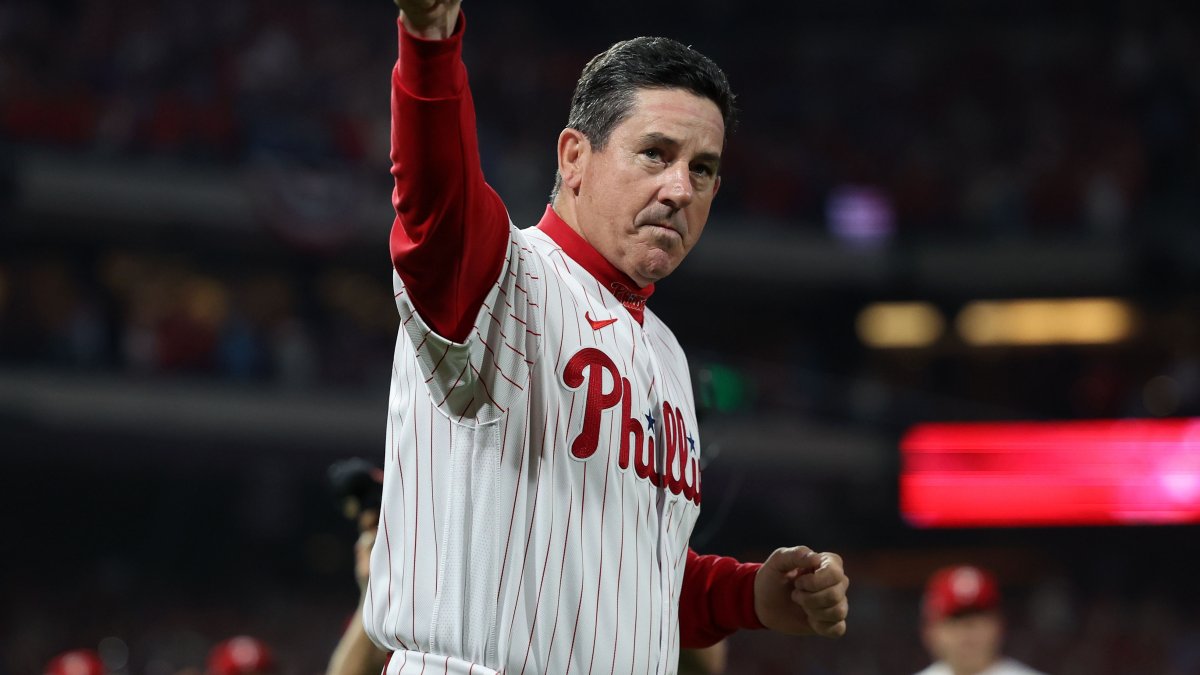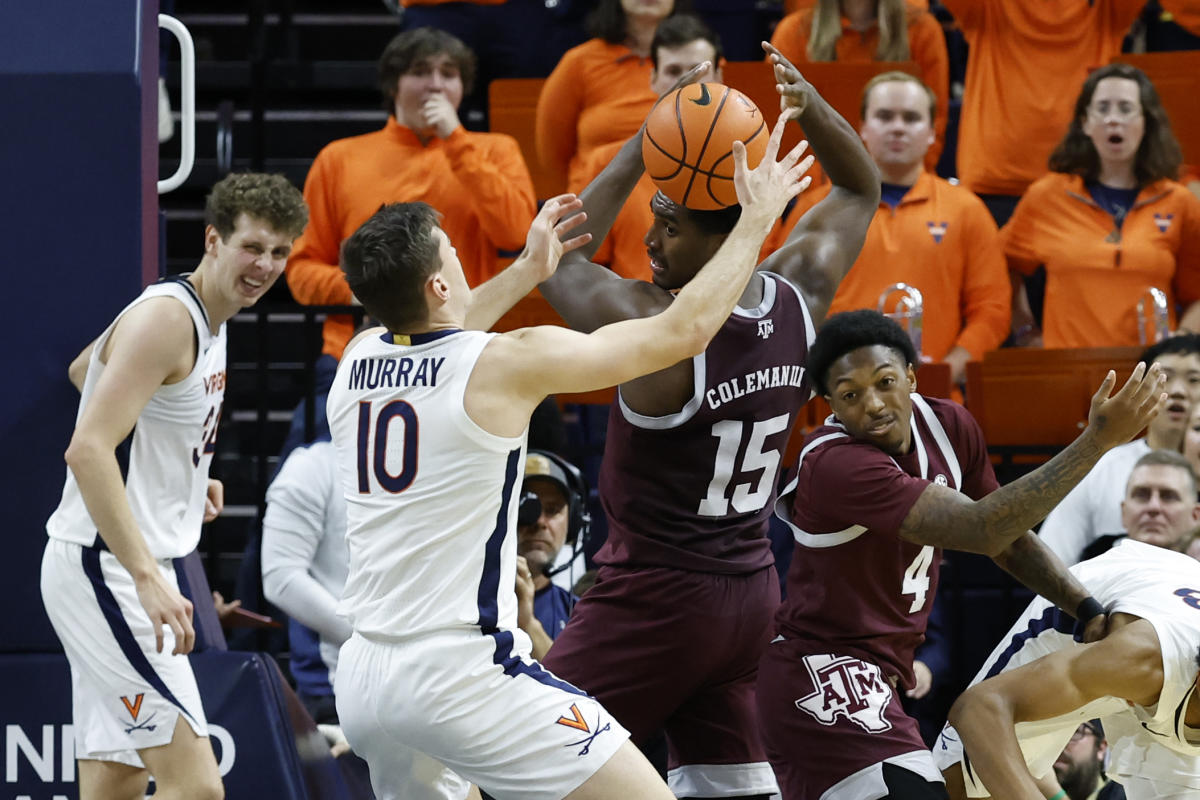Reimagining Erik ten Hag’s Landmark Victories at Manchester United
If we were to select the most significant wins during Erik ten Hag’s tenure at Manchester United so far, one cannot overlook last season’s triumphs against Liverpool, Arsenal, Manchester City, and Barcelona at the lively Old Trafford. It was on those days and nights that the stadium pulsated with energy as the United team fought relentlessly for every ball. Reflecting on the breathtaking comeback against Barcelona in February and the subsequent victory over Newcastle United in the Carabao Cup final, Ten Hag dubbed them as “magnificent.” At that point, with the team riding a wave of success, talk of a resurgence seemed not just realistic but sustainable. However, there was a lingering doubt about their playing style. Despite an impressive run in the middle of the previous season, where they achieved 25 wins, five draws, and only two defeats in all competitions from October 6th to March 1st, Ten Hag’s team rarely displayed the cohesive, controlled football that characterizes the best modern teams. Those four wins against Liverpool, Arsenal, Manchester City, and Barcelona were achieved with an average possession of 35.8%. On average, they completed 242 passes compared to their opponents’ 516. In terms of completed passes, those four matches rank among the six lowest under Ten Hag’s leadership. The two remaining matches were a commendable 2-2 draw against Barcelona and a devastating 7-0 defeat against Liverpool, which served as a brutal reality check just a week after their Carabao Cup triumph. While their defensive structure, resilience, tenacity, and lethal counter-attacks were admirable, it always felt like a pragmatic approach, a foundation to build upon in a challenging first season, rather than the realization of Ten Hag’s vision or a blueprint for future success. Eight months after the peak of Ten Hag’s tenure, it has become increasingly difficult to identify a clear template. Their inconsistent progress throughout the early stages of this season, with seven wins and six defeats in all competitions, suggests a team shrouded in confusion. Every match this season has appeared to be an attempt to cover up significant weaknesses. We can expect more of the same against Manchester City on Sunday: sitting deep, defending in numbers, enduring long periods of pressure, and relying on counter-attacks led by the pace of Marcus Rashford (who has only scored once in nine Premier League appearances this season) and Rasmus Hojlund (yet to score in six Premier League appearances, although he has three goals in three Champions League matches). This approach worked in January, evident in Ole Gunnar Solskjaer’s record of four wins, one draw, and four defeats against Manchester City. However, whether they win, lose, or draw on Sunday, the fact remains that 75 games into Ten Hag’s tenure, their best and worst performances, as well as the many in between, reveal a disappointing lack of evolution from Solskjaer’s era, which, in turn, lacked significant progression from Jose Mourinho’s time. While there are discernible differences, they remain subtle rather than stark. The anticipated sweeping changes that were promised when Ten Hag arrived from Ajax last year, emphasizing a “proactive, brave, adventurous” style that “belongs to the culture of Manchester United,” have yet to materialize. Ten Hag initially centered his plans around signing Barcelona’s playmaker Frenkie de Jong, as he aimed to build a team that would dominate possession. He sought a midfielder who, in dropping deep to receive the ball, could effortlessly and efficiently pass or dribble, transforming the team from reactive to proactive, capable of playing out from the back and asserting control across the pitch. However, De Jong stayed at Barcelona, and with the transfer deadline looming, Ten Hag shifted gears entirely. Frustrated by the lack of alternatives to the “unique” De Jong and concerned about his team’s mental and physical fragility following disheartening defeats to Brighton and especially Brentford, Ten Hag turned his attention to Casemiro: a stalwart of the game and an integral part of Real Madrid’s recent success, albeit representing a different technical profile. Casemiro’s impact last season was undeniably positive. After a slow start, he brought a toughness and resilience that bolstered their midfield and spread throughout the team. In the previous season, under Solskjaer and then Ralf Rangnick, Manchester United’s midfield was a soft spot, along with vulnerabilities all over the pitch. However, with Casemiro in midfield and Lisandro Martinez in central defense, they presented a much more formidable force. Casemiro’s contribution is evident in the numbers from last season. Among defensive midfielders in the league, only Fulham’s Joao Palhinha averaged more “true” tackles (defined as tackles, fouls committed, and challenges lost) than Casemiro’s 11.1 per 1,000 opponent touches. In essence, when given an equal opportunity, Casemiro was the most prolific player in the league when it came to sticking a foot in. Nevertheless, one can’t help ponder how different United might have looked had they signed De Jong instead. Would they have been less physically imposing? Likely. However, they may have been more fluid and cohesive from defense to attack. The acquisitions of goalkeeper Andre Onana and Martinez have certainly added composure when playing out from the back, but there remains a certain clumsiness when the team is in possession. United’s most potent moments usually occur when they bypass the midfield entirely. One reason for this is Casemiro himself, whose ability to receive the ball under pressure does not match that of his peers, such as Manchester City’s Rodri and De Jong. Casemiro’s numbers are noticeably absent among the top performers in this aspect of the game. Reflecting on those two defeats at the start of the previous season, one can discern the style that Ten Hag initially intended to implement at Old Trafford, as well as the specific moments that led him to abandon that vision in favor of a more risk-averse approach. The Ten Hag era was only 15 seconds old when Brighton, in their first game at home, tackled Diogo Dalot after he displayed a lackadaisical attitude, resulting in a close-range shot into the side-netting by Leandro Trossard. Eight minutes later, David De Gea’s poorly executed pass put pressure on Fred, who, in turn, pressured Dalot. Brighton’s effective pressing led them to a 2-1 victory by halftime. The subsequent debacle against Brentford, which has been extensively discussed, remains jarring when dissected blow by blow: Cristiano Ronaldo’s aerial defeat preceding the opening goal, as a Josh Dasilva shot slipped under De Gea; Christian Eriksen being dispossessed effortlessly by an opponent within a matter of minutes—first through a short pass from Harry Maguire, then thanks to De Gea’s failed clearance, leading to Mathias Jensen scoring on the second occasion. Considering the starkness of those defeats, it is worth acknowledging the challenge Ten Hag faced early in his reign. Compelling his players to train and run 13.8 km—the distance by which Brentford’s players collectively outran them the previous day—could have easily backfired. Nevertheless, it had the desired effect. Making the bold decision to drop a struggling Maguire and a visibly disillusioned Ronaldo was justified by the subsequent upturn in performance. The unwavering stance taken when Ronaldo’s behavior threatened to divide the team also proved beneficial. Other changes were similarly vindicated, such as the signings of [TO BE CONTINUED]

Michael Johnson is your soccer guru, providing extensive coverage of soccer. With a global perspective, he delivers match reports, player interviews, and insights into the beautiful game, ensuring readers stay connected to the world of soccer.




:no_upscale()/cdn.vox-cdn.com/uploads/chorus_image/image/72931262/usa_today_21973134.0.jpg)


